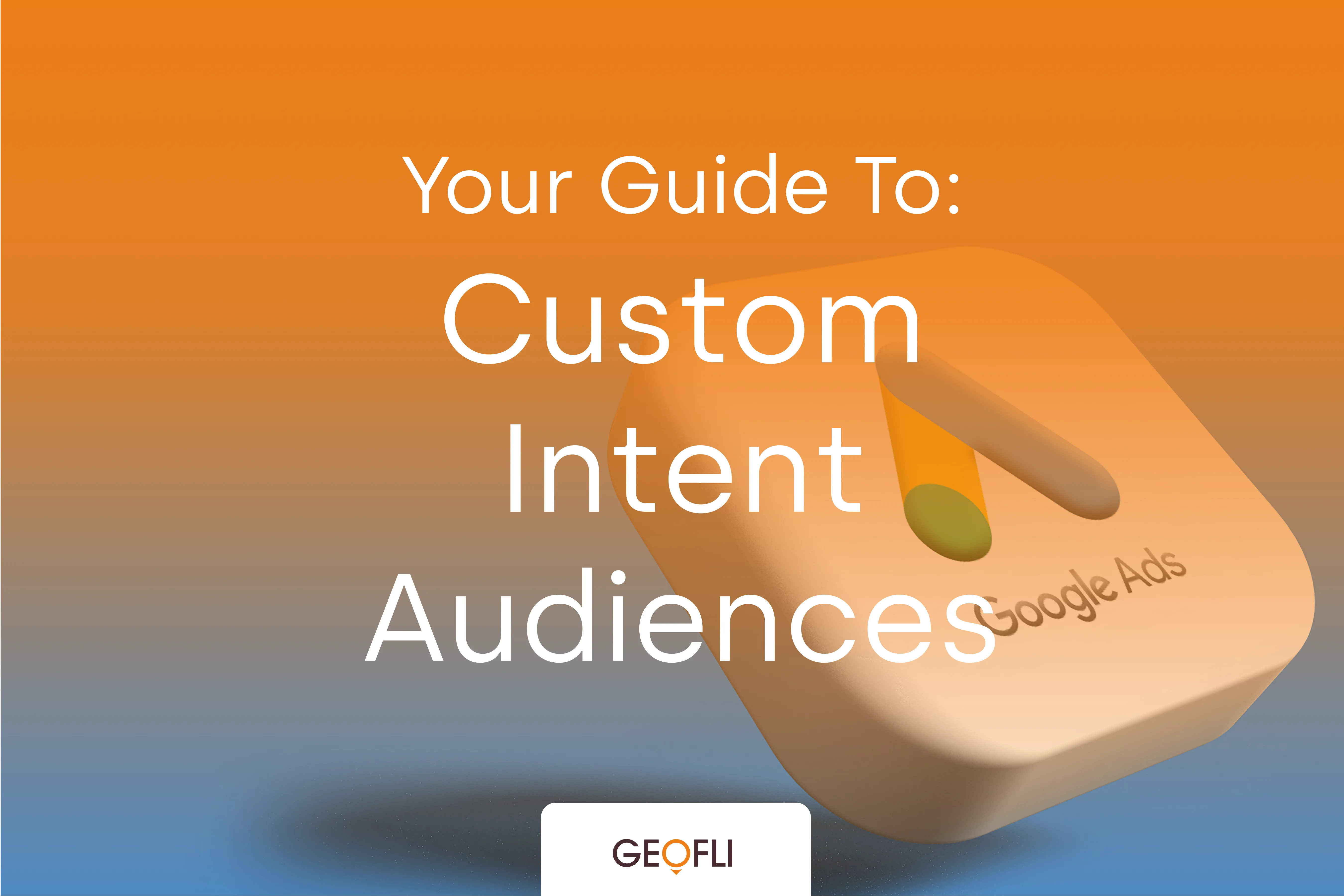Geotargeting Software Simplified:
What is geotargeting software? Geotargeting software allows anyone to change and replace content on their existing website based on their website visitor's location. Think of geotargeting like a personalized transparency for your existing website. For example, a Wyoming tourism company might promote different events and travel information to visitors from Manhattan than to visitors from Texas or Canada. Entice metropolitan visitors with the promise of a less crowded, clear skied destination while also surfacing weekend getaway promotions to website visitors within a five hour drive.
Step One: Persona Building
If you don't know where you're going, any road will get you there.-Cheshire Cat
You know your customers. When we think about geotargeting, we think about where your customers are located. But we start with some simple questions:
- Who are your best customers and where can you find a lot more like them?
- If you were to describe your ideal customer, who are they? What do they look like? Where do they live? What pain point does your product help solve?
- Are there customers from a specific area or region that behave differently or care about different aspects of your product or service than customers from other regions?
- Are there areas of the country you’re trying to grow into?
Once you understand the customer in those regions, you’re ready to begin personalizing your existing website in a meaningful (and simple) way.
Step Two: Identify Three Regions to Geotarget
I always think a step ahead … Like a carpenter building stairs.- Andy Bernard.
When building a simple geotargeting strategy, thinking a couple steps ahead is the right move. We like to call your first three regions the low hanging fruit. You can use Google Analytics, order history or regional reports (if you have these things) to help identify your first three regions. Pro Tip: Consider aligning your six month goals with regional growth goals. Want to increase sales 10 percent? Identify an area of the country with underwhelming sales, and personalize content for that area. Geotargeting States: Are there 20 percent of states that send 80 percent of website traffic. In our experience, it’s usually more like five percent of states that send 95 percent of traffic. What tools do you have to help narrow down these results?Personalizing Zip Codes: Shopify, WooCommerce, Cratejoy, Wix, Weebly: these are content management systems (or ecommerce platforms) that can easily be geotargeted. Again, geotargeting works on your existing website. Use customer exports from those platforms and see if you can find trends in the data. Does a zip-code in California send a high count of customers? Why? Perhaps there’s a message to surface for that zip code that might increase conversions even more!Content Changed by Radius: Sometimes you want to target customers in a specific city, using a 10, 25, 50 mile radius is a good way to do exactly that. Show different content to city-dwellers than to folks in the outskirts of town. We see users targeting radius when sales representatives, admission counselors or vendor teams visit conferences.Custom Draw Your Personalized Region! Use our custom draw feature to draw a polygon the size of a city block or the size of a continent. Target West Phoenix or the Western United States.IP Range: Have a specific IP range you want to geotarget? Use IP range with simple regular expression to change content for campus visitors, visitors to employee HQ or any known IP range targeting you can dream up.Custom Experience URLs: It's also possible to change content based on destination URL. In an article published by Moz.com, the author talks about how the homepage is dead and how personalized website content is the new standard.
Step Three: Personalize Website Content
The more elaborate his labyrinths, the further from the Sun his face.-Mikhail Naimy
You’ve got your persona, you’ve got your three target regions, now it’s time to decide which content to change. The early tendency is to change everything, create personalized headers, call-to-action buttons and more. Website personalization and geotargeting software comes in all shapes and sizes … and prices. Like any great photographer knows, the camera you take with you is your best camera. The same applies to software: the software you actually use is going to be the most impactful, whether it costs $5,000/month or $50/month. GeoFli builds easy to use geotargeting software that you’ll actually use and can actually afford. In this step, you’ll select the page area you want to change for website visitors from the regions you’ve selected in step Two. When it comes to the personalization step, pick three pieces of content to change. We recommend a header image, a call-to-action button and a title or H1.
Step Four: Measuring Your Geotargeting
That which gets measured gets managed.- Peter Drucker
Of course most articles on marketing tactics end with a paragraph or two on the importance of measuring. Before you roll your eyes and add it to the bottom of your never ending to-do-list, this process of measuring geotargeting is actually a pretty easy one to automate. In Google Analytics, simply set up an event goal and measure based on the different regions you’re targeting. Compare states (or regions in GA) side by side during a specific time. Run a pre-post analysis. Or better yet, check out our article gleaning insights from your digital marketing data!
Quick Note on the Acquisition Phase:
The most impactful geotargeting happens on your existing website, but most people are introduced to the power of personalization before they ever get there. They first experience geotargeting through advertising. They’ll see geotargeted display, social and video ads. It’s the reason you see political campaigns for regional politicians in your state, county or city. Those ads are targeted geographically. Where the story (unfortunately) stops is from click to website. Marketers send users to a homepage breaking one of the oldest rules in marketing: the homepage tries to be everything to everybody. According to Mary Meeker’s 2018 Internet Trends report, ecommerce sales increased 16 percent year over year. A whopping 450 billion dollars! With so many shoppers turning online for reviews, research and the occasional RickRoll, keeping a user on your website has never been more important. In the noisy world of digital marketing, it’s easy to get overwhelmed by acronyms or the newest attribution model that Google Analytics just emailed you about: “There’s a new version 54.6!” There are thousands of marketing technologies and hundreds of acronyms to help figure out what color the footer links should be, but does it help take your product to market? Does it help communicate your main value proposition?The Pareto Principle states that 80% of your results come from 20% of your input. Think of your company’s last year in marketing. Can you think of the five marketing efforts that drove most of your revenue, traffic or leads? What were they? The results from your last year were not evenly attributed to all the marketing efforts. It’s more likely an upper echelon (top 20%) drove the lion’s share of results. The same is true of marketing software: 20 percent of the tools you purchase will drive 80 percent of results. Consider adding geotargeting software to your inbound geotargeting strategy.
See GeoFli On Your Website: Complete the form below:





